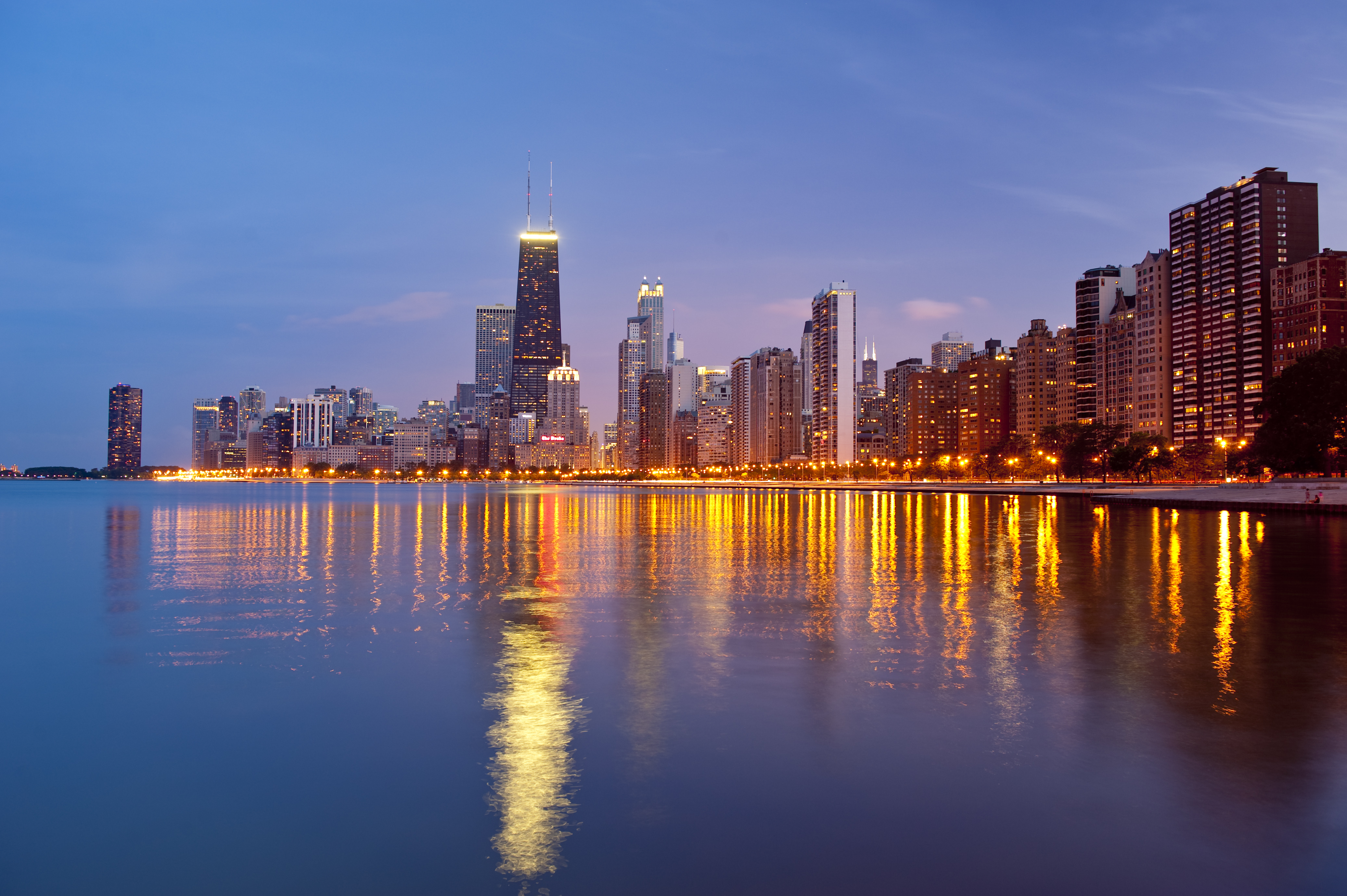
When embarking on a journey to the Windy City, understanding the geographical nuances of its airports is paramount for a seamless experience. Chicago is serviced by two primary airports: O’Hare International Airport (ORD) and Midway International Airport (MDW). Each possesses its own unique characteristics, making the decision of which airport is closest to downtown Chicago not merely a matter of distance, but one woven into the broader tapestry of travel experience. To navigate this intricate decision, it is essential to dissect the features, accessibility, and overall convenience each airport provides.
Nestled to the northwest of downtown, O’Hare International Airport stands as one of the busiest airports in the world. It is a colossal hub that sprawls over 7,627 acres, often likened to the bustling arteries of a giant organism that pulses with life. The airport’s sheer size offers a plethora of amenities and services, enveloping travelers in a cocoon of comfort before they embark on their journey. O’Hare’s proximity to downtown Chicago—approximately 17 miles—positions it as a favorable option for those seeking an expansive array of flight choices, from international jaunts to domestic escapades.
Conversely, Midway International Airport lies approximately 10 miles from downtown Chicago, more akin to a vibrant neighborhood café compared to O’Hare’s grand hotel. Though smaller in size, Midway has its own distinct charm, often serving as the gateway for low-cost carriers and connecting fliers to countless destinations across the nation. Its more intimate setting enhances the traveler experience, with shorter security lines and a more convivial atmosphere, appealing to those who appreciate efficiency without sacrificing comfort.
Accessibility to downtown is a fundamental aspect to consider when comparing these two airports. O’Hare benefits from an extensive network of public transportation options. The airport’s Blue Line train connects to the Chicago Transit Authority (CTA) system, whisking passengers to downtown in approximately 45 minutes. This access provides a seamless transition from the airport to the heart of the city, transforming the journey into an integral piece of the overall adventure. Alternatively, the airport is also served by various shuttle services, taxis, and ride-sharing options, enhancing flexibility for travelers with different budgets and schedules.
Midway, while smaller, is no giant slumbering in the shadows. Its proximity to downtown allows it to excel in accessibility. The Orange Line train, running directly to downtown Chicago, offers a swift ride that takes roughly 30 minutes. This distinctive advantage transforms Midway into a preferred choice for travelers who are cognizant of the ticking clock yet wish to indulge in the vibrant pulse of the city. State-of-the-art ride-sharing services and taxis further enrich the traveler’s experience, ensuring that every journey from Midway to downtown feels like a leisurely Sunday stroll rather than a frenzied race against time.
In terms of flight selection, both airports present their unique offerings. O’Hare, as the larger air travel hub, accommodates over 200 gates and serves over 70 million passengers annually. Its diverse array of international carriers provides an impressive selection for the globetrotting adventurer. As such, O’Hare caters to travelers seeking exotic destinations or connecting flights to international locales, embedding itself within the travel landscape as an essential waypoint for many.
Meanwhile, Midway caters primarily to domestic flights, with an emphasis on budget airlines. Thus, it garners a devoted following among cost-conscious passengers seeking no-frills travel. This niche focus fosters a competitive edge, as budget travelers can often find attractive fares that make Midway an appealing starting point for their journeys. It’s a classic case of David and Goliath—a smaller player with the agility to adapt and thrive in a specialized market.
Moreover, the atmosphere surrounding each airport differs significantly and contributes to the overall travel experience. O’Hare, with its grandiosity, often impresses with its architectural design and extensive amenities, from fine dining options to shopping outlets. It can, however, feel overwhelming to those who prefer a more relaxed environment. The hustle and bustle encapsulates the essence of modern travel: dynamic, fast-paced, and invariably expansive.
In contrast, Midway exudes a more welcoming ambiance with its community-centric design. Passengers may find themselves enveloped in warmth, with local food vendors showcasing the culinary delights of Chicago. This is where one can find not only the convenience of fast service but also the flavor of home. Each airport resonates with different travelers—O’Hare appeals to those who appreciate grandeur and options, while Midway captivates with charm and efficiency.
In conclusion, the decision between O’Hare and Midway hinges upon individual priorities and preferences. For travelers prioritizing sheer distance to downtown Chicago, Midway clearly emerges as the victor, standing mere minutes away from the city’s vibrant heartbeat. However, for those desiring a broad spectrum of flight choices and an expansive airport experience, O’Hare reigns supreme. The layered contrasts between these airports narrate a broader story of modern air travel — one of choices, convenience, and myriad possibilities waiting to unfold in the city that once honed its skyline amidst industry, dreams, and innovation. The choice rests in the traveler’s hands—a gateway to endless exploration.
